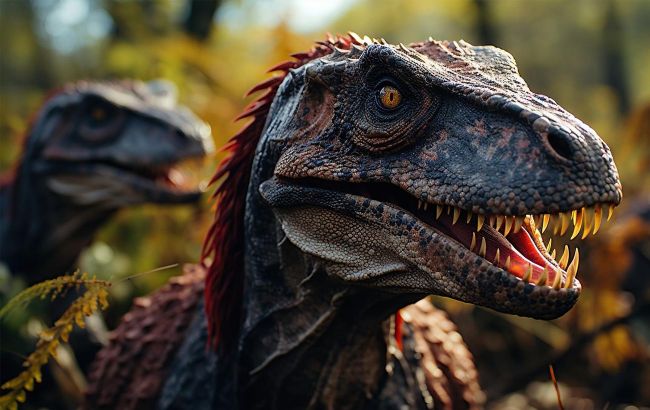Scientists find remains of the oldest dinosaur in Northern Hemisphere
 What was the oldest dinosaur in the Northern Hemisphere (illustrative photo: Freepik)
What was the oldest dinosaur in the Northern Hemisphere (illustrative photo: Freepik)
Recently, scientists discovered a new species of dinosaur. It is currently the oldest dinosaur in North America and the oldest equatorial dinosaur in the world, reports IFL Science.
The dinosaur Ahvaytum bahndooiveche was first discovered in an area now known as the state of Wyoming. This location was once near the equator on the supercontinent Laurasia. However, the continent eventually split into North America, Europe, and Asia between 66 and 30 million years ago.
Although the remains were found in 2013, it took years for Dave Lovelace, a research associate at the University of Wisconsin Geology Museum, and his team to identify the species and age of the dinosaur.
Having found only parts of the dinosaur's legs, the scientists faced a difficult task. However, the researchers determined not only how long ago the creature lived, but also that it was a previously unknown species.
They also established that it was likely a very early relative of the sauropods - a group from which later developed vegetarian giants, such as Patagotitan.

The skeleton of Patagotitan in the American Museum of Natural History (photo: wikipedia.org, User D. Benjamin Miller)
Ahvaytum, on the other hand, was not such a giant. "It was basically the size of a chicken but with a really long tail," described Lovelace about the new species.
At present, no fossils of other parts of Ahvaytum's body have been found that would help learn more about the external features of this species. However, scientific illustrator Gabriel Ugueto created a graphic representation of Ahvaytum based on the results of the researchers' studies.

Gabriel Ugueto's post (screenshot / x.com/SerpenIllus)
The name of the dinosaur comes from a term in the Shoshone language and means ancient - highlighting how old this creature is.
According to scientists' estimates, the dinosaur is believed to have lived 230 million years ago. Researchers were able to determine its age through radiometric dating of the rocks at the site where the Ahvaytum fossils were found.
This chicken-sized dinosaur is actually of great significance for scientists in understanding the processes of dinosaur distribution across the world.
In particular, the age of Ahvaytum places it alongside the oldest known dinosaur species. It also indicates the appearance of these creatures in the Northern Hemisphere millions of years earlier than previously thought.
By the way, we previously shared information about 5 long-living animals.
We also wrote about which creature in the world has the most teeth.

